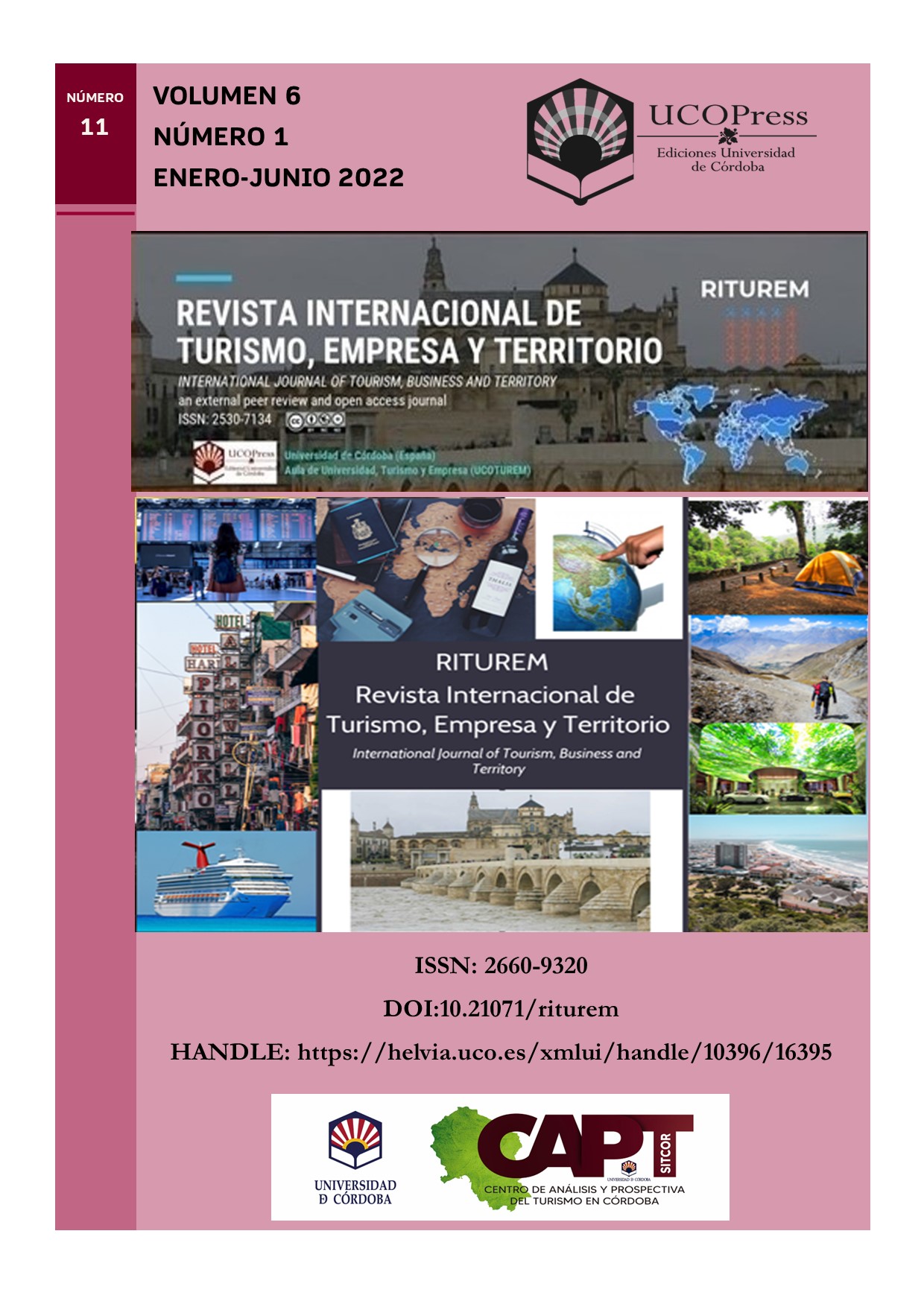The lost city of “Los Caras”: Analysis of its tourism potential in its historical context
Main Article Content
Abstract
The present investigation determined the importance of the remains of underwater masonry in front of the city of Bahía de Caráquez, which becomes a historical and cultural tourist product; the lost city can be integrated into a series of tourist products with which canton of Sucre counts so far. The objective of the present investigation is to develop a tourist product of the lost city of “Caras” as a myth and legend that strengthens the tourist activity, the methodology was bibliographic and documentary, where previous research conducted by expert divers of the Puce was analyzed Manabí, these dives with photography and camera recordings show that the place is essential for underwater archeology. The explanatory analytical method allowed to develop from the bibliographic conception to the instruments applied. The reliability of the instrument yielded favorable results allowing identifying the needs of the customers. The studies carried out at the level of tourist attractions and their characterization allowed defining a conductive thread for the development of the lost city as a product to strengthen tourism activity in the area under study.
Keywords: Attractions, tourist product, historical, archeology, lost city
Downloads
Article Details
Copyright Notices Proposed by Creative Commons
Proposed policy for journals offering deferred open access
Those authors who have publications with this journal, accept the following terms:
1. The authors will retain their copyright and guarantee to the journal the right of first publication of their work, which will be simultaneously subject to the Creative Commons Recognition License CC BY-NC 4.0 (Creative Commons — Attribution-NonCommercial 4.0 International — CC BY-NC 4.0 ) hird parties to share the work provided that its author and its first publication is indicated this journal and no commercial use is made.
2. Authors may adopt other non-exclusive licensing agreements for the distribution of the published version of the work (e.g., deposit it in an institutional telematics file or publish it in a monographic volume) provided that the initial publication is indicated in this journal.
3. Authors are allowed and recommended to disseminate their work over the Internet (e.g. in institutional telematics files or on their website) before and during the submission process, which can produce interesting exchanges and increase citations of the published work. (See The effect of open access: http://opcit.eprints.org/oacitation-biblio.html.
